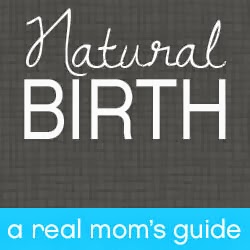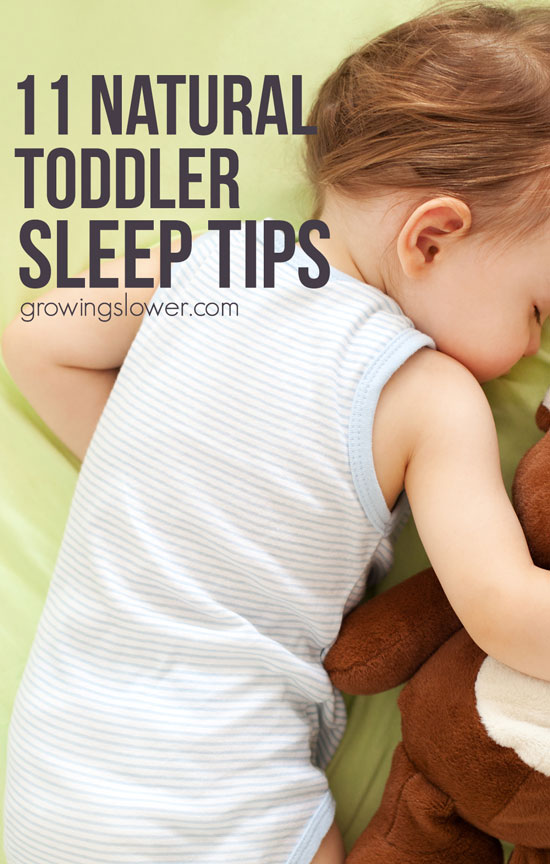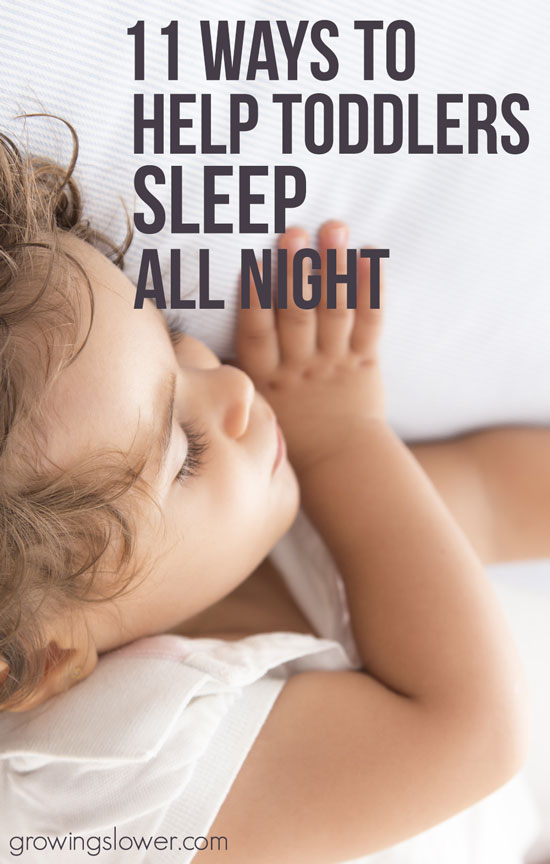Most posts contain affiliate links, which I earn a small commission from. These are provided for your convenience, and the price isn't increased at all.
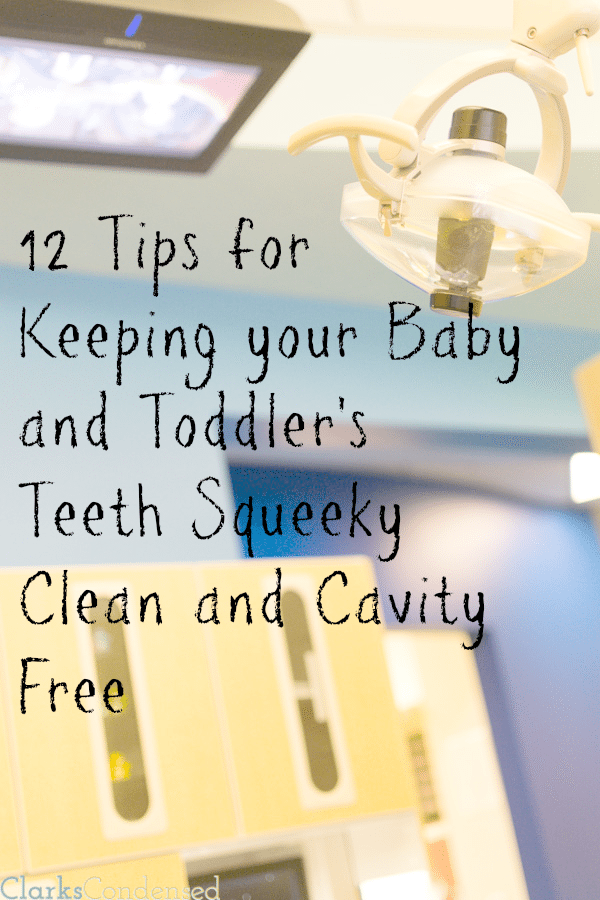
When I first started going to the dentist as a young child, my mom took me to their family doctor. I mean, why not? None of the other kids really had a problem going there, they took our insurance, and he was a family friend.
Apparently, I wasn’t about to let someone dig around in my mouth with dentist tools, so I bit him. And at that point, he forced recommended my parents take me to a pediatric dentist, and I think that was a wise decision. Although I still did not like going to the dentist, it really helped make it easier to go. The dentist and the dental assistants were always so kind and willing to go at a slow pace..plus, I always got a sweet toy afterward.
Back at the beginning of February, we took Jack to his first dentist appointment. Did you know that the earlier you go to the dentist, the better? It’s recommended to go as soon as their first teeth come in, or by the time they turn one. And, as you’ll find out in a moment, I wish we had gone earlier than we did.
We took Jack to a pediatric dentist in the Salt Lake area.
We were taken back pretty quickly to the room, and I was surprised that Jack, my normally timid of new situations boy, laid down on the dentist chair right away. I think it might have had to do with the fact that there was a movie playing on the ceiling…as you can see him watching in this picture:
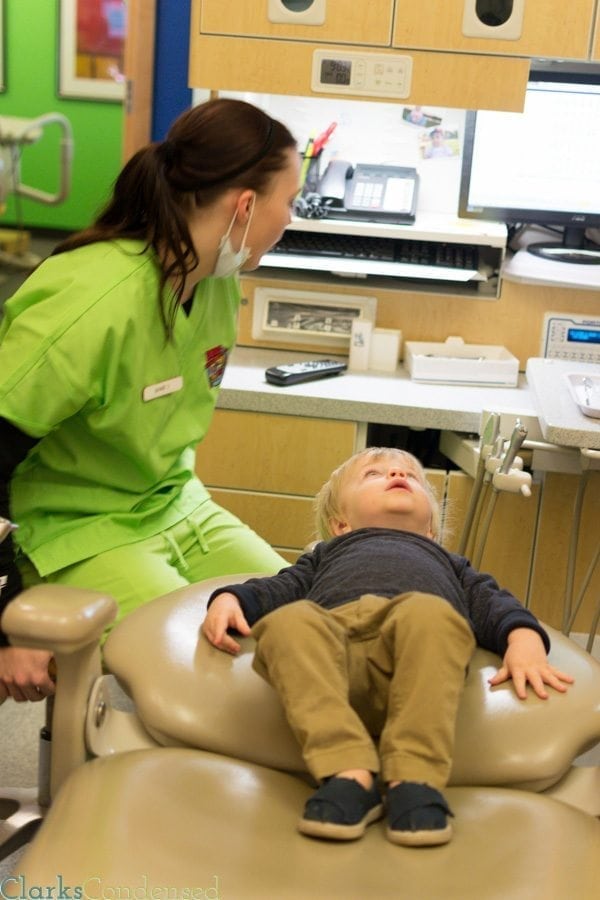
The dental assistant was incredible! She took time to let Jack hold the tools, and went at a very slow pace. Jack only whimpered for me a few times, and let her clean his teeth with no struggle.
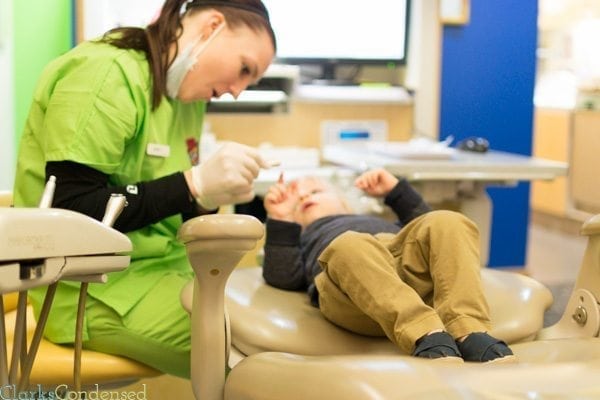
The dentist was great, too. He explained everything really thoroughly to us, which I appreciated, and didn’t act like we were terrible parents when he discovered that Jack’s two front teeth had some decay already. This was quite the shock to me, since he doesn’t drink juice, never has had a bottle, and we limit his sweets considerably. The dentist said it was most likely because a) there’s no fluoride in the water where we live and b) genes. I had a lot of cavities when I was younger, and continue to have dental issues.
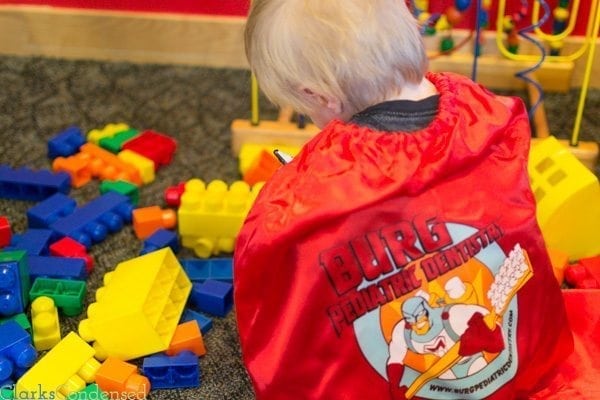
After we took Jack to Burg’s, we decided to be even more proactive about making sure he doesn’t get any more cavities. This led me to doing research on baby and toddler dental tips, and I thought I’d share that information with all of you!
1) Dental Care Starts Before Teeth Arrive
From the moment your baby is born, you should be concerned with their dental hygiene. Babies aren’t born with teeth (except in rare cases) but taking care of their gums is important. Gently massage their gums with an infant toothbrush (I’ve heard great things about the banana training toothbrush) or a soft washcloth. It’s important to brush the gums before teeth even come in.
2) When Teeth Come In
When teeth appear, brush twice daily with an infant toothbrush and training toothpaste (which doesn’t have fluoride – xylitol toothpaste is a great option.) Start flossing when two teeth touch each other. Even if your child resists, make sure you get those teeth cleaned as good as possible, especially before bedtime. Jack really loves to use children floss picks.
After your infant takes a bottle, gently wash off their teeth with a wet cloth, so the milk doesn’t stick to their teeth more. For older children, encourage them to drink water every time they eat something, which helps cleanse the teeth as well.
3) Visiting the Dentist
As I mentioned earlier, try to visit the dentist by the age of one. Some people think this is a silly recommendation (me included), but I wish we had. If he had gone in earlier, we could have been alerted to the fact that his teeth were more susceptible to cavities, and perhaps avoided having to put him under anesthesia and go through the process of putting fillings in.
4) Wean From Bottle by Age One
Jack had a bottle maybe twice his entire life, so this wasn’t something we had to worry about. However, baby bottle tooth decay is a real thing. It can be prevented (tips at the link provided), but it’s best to try and wean your child from their bottle by the age of one to prevent damage from occurring.
Some dentists will insist that a mother wean her baby from breastmilk. There’s a lot of debate on the subject, but I think this is a great article on whether or not breastfeeding is linked to tooth decay. Do your own research, but if your dentist says to wean for this reason solely, I would seek a second opinion.
5) Be Careful about Sippy Cup Choices
Even the sippy cup you use could contribute to tooth decay, particularly when they are drinking milk or juice (with water, it really doesn’t matter.) No-spill cups are popular for obvious reasons, but the valves make it so your child can’t sip from the cup. They end up sucking the liquid, much like from a bottle, which can cause similar issues to bottle decay. So, even they may cause more messes, try and avoid giving your child milk or fruit juice in the no-spill cups, and opt for ones like these take-and-toss kind. These are less expensive anyways!
I have heard AMAZING things about the Munchkin 360 Miracle cups. There’s no sippy top, supports normal mouth muscle development, and were created to help prevent dental issues. I’m definitely ordering some soon.
6) Water instead of Juice
When given a choice, what kid isn’t going to pick juice over water? Although it’s been hard having to limit a lot of Jack’s foods, it’s been worth it, because we had good reason to not give him juice, and convince other people not to give him juice either. However, too much juice can cause teeth to decay faster, so limiting this early on is a smart idea. When you do give your child juice, dilute it with water.
7) Signs of Decay
Decay can be hard to spot, especially on baby and toddler teeth, because they often won’t let you look too far into their mouths! However, if you start to notice white spots, or that they have a sensitivity to cold or sweets, this made indicate decay is starting, or already has. 0
9) When to Start Using Fluoride Toothpaste
Fluoride is an interesting thing. It has a lot of benefits, but you can definitely use too much. With toothpaste, when you spit it out, you don’t get a lot of the fluoride going into your body, but when a child or baby who can’t spit out the toothpaste yet, you don’t know how much they are getting. So as a general rule of thumb, don’t use toothpaste with fluoride until they can spit it into the sink. Instead, use a children’s xylitol toothpaste.
If your area doesn’t have fluoride naturally in the water (like our town), then be sure to get some fluoride drops from your doctor or county health building (it is typically by prescription only.)
10) Cut Food Up
This is one tip Jack’s dentist gave him — cut up his food into smaller pieces. That way, he’s using more of his back teeth (which are stronger, in general) rather than his front teeth. FunBites food cutters can help make this easier with certain foods.
11) Foods that are good for teeth
Cheese, sweet potatoes, oranges cranberries, apples, water
12) Foods that are bad for teeth
Sweets and sugar, juice, white foods (white bread, rice, potatoes, white pasta, crackers (can be as bad as candy for the teeth), fruit snacks, and raisins.
Original article and pictures take www.clarkscondensed.com site













